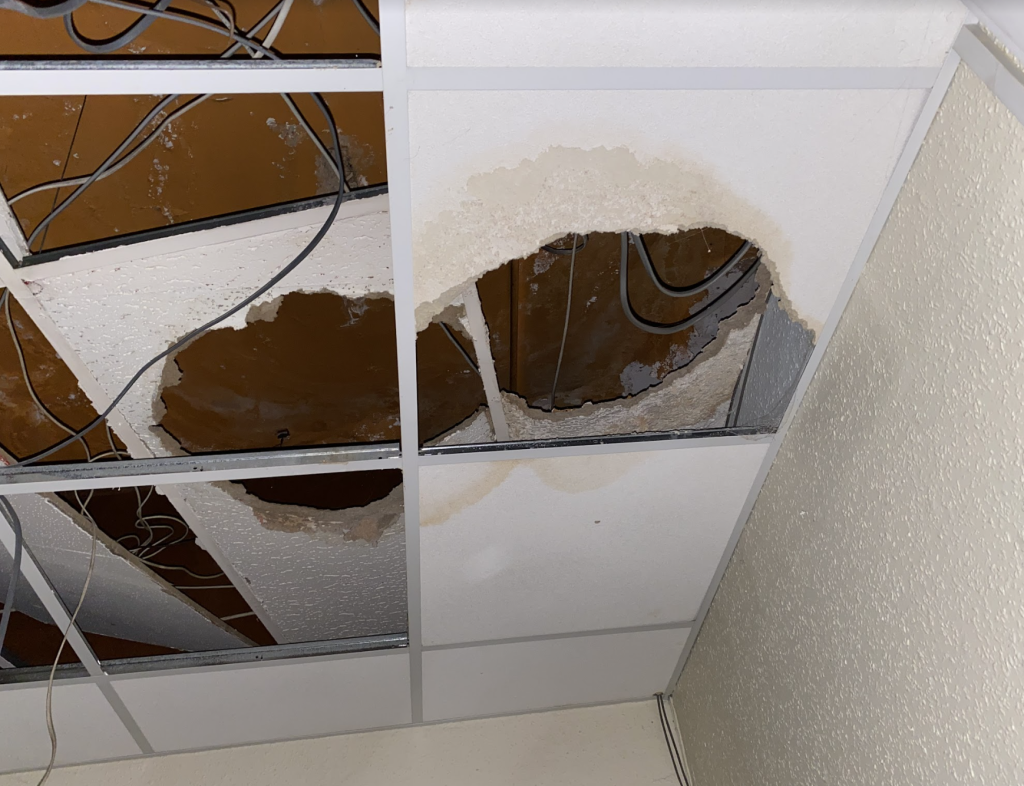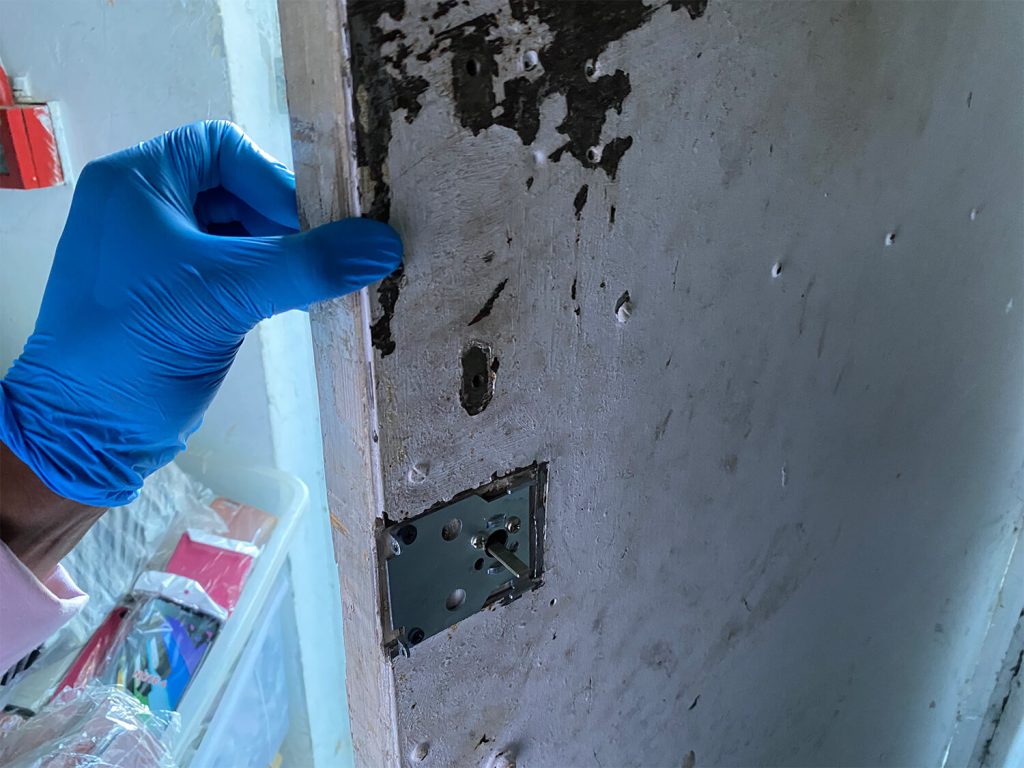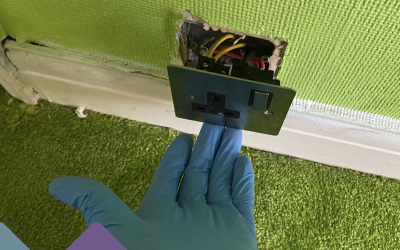Hello and welcome to today’s property surveying blog post, in today’s topic we are going to be looking at dilapidation surveys and what property dilapidation is.
What is property dilapidation?
A dilapidation report is a legal document that will be used by the landlord to make a claim against the tenant at the end of the tenancy for a commercial property.

In order to do this they must first have a surveyor conduct a schedule of dilapidation on the property, this typically being done 56 days before the tenancy is due to expire.
When can a schedule of Dilapidations take place?
A schedule of dilapidations can take place at any time throughout a tenancy, but it is most common for them to take place near the end of a tenancy agreement.
If a schedule of dilapidations is done before the end of the tenancy agreement this will be referred to as an interim dilapidation.
The benefit of this being that it will allow the landlord to see the upkeep and maintenance of the property through the term of the lease, while also being good for the tenant as it gives them an idea of areas where they may need to repair or replace.
When a landlord wishes to make a claim, this will be based on the schedule of dilapidations done at the end of the tenancy known as a terminal dilapidation.
What will the surveyor do during the schedule of dilapidation?

During the schedule of dilapidations, the surveyor will inspect any area that the tenant would be responsible for.
They will check areas for potential damage, while also considering the alterations to the property that have been made by the tenant, as these alterations may need to be removed from the property to satisfy the covenants within the tenancy agreement.
Depending on the covenants that are within the lease you may be responsible for repairing areas to a better condition than they were in at the start of the tenancy.
Once the inspection has been completed the surveyor will outline their findings in a report highlighting any areas that may need to be repaired or replaced, the cost for doing so and what covenant in the lease it would fall under.
Sending the dilapidations claim
Once the terminal dilapidations are complete the landlord will be able to send his claim for dilapidations to the tenant, this is referred to as quantified demands.
Any claim made by the landlord should adhere to certain points regarding costs, obligations, improvements, and any financial implications.
- It should be clear that the items are in disrepair and that it is the tenant’s formal responsibility under the terms of the lease.
- Any costs claimed should be reasonable.
- Claims regarding loss of rent must be proven
- The tenant is not responsible for refurbishments
- There is a limit to the damages that a landlord can claim from the tenant
- The Landlord would not be able to make a dilapidations claim to any areas in which they had planned development works.
Once the Landlord has presented his claim to the tenant will have a set time period to respond that the landlord should outline in their claim, this typically is 56 days after they have put forward their claim.
This will allow plenty of time for the tenant or their surveyor to dispute and comment on the landlord’s dilapidation claim.
Next both parties would then enter into discussions or their surveyors would enter into discussions on their behalf where they will work to come to an agreeable sum for both parties.
If this is not possible then the next step would be to enter some form of alternative dispute resolution (ADR) to come to an agreement, if one can still not be reached then the last resort is to go through litigation where a judge will be able to make a binding decision on both parties.
Thank you for reading today’s blog post, if you have any questions in regards to today’s topic or any of the other services that we offer here at Stokemont then please do not hesitate to get in touch today by either giving us a call or popping us over an email and one of our experienced surveyors will be happy to assist and advise.




